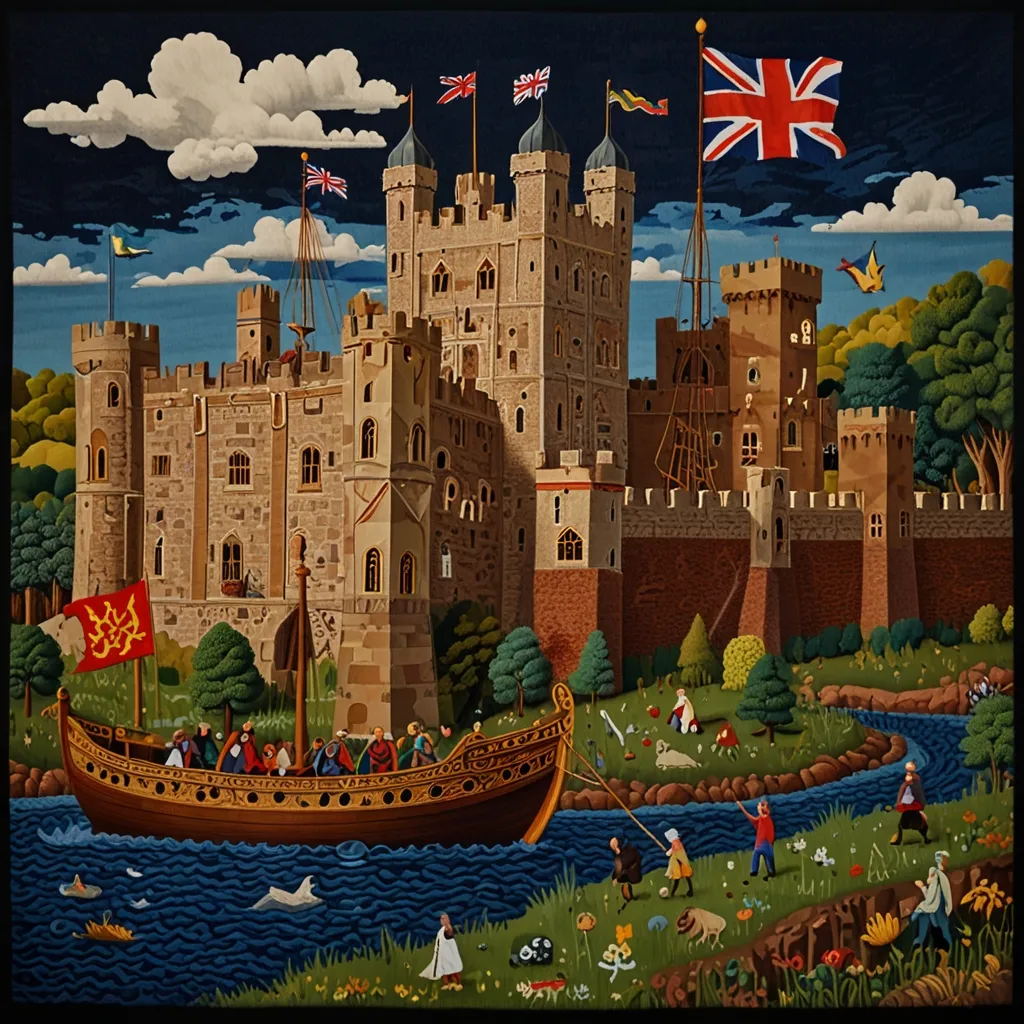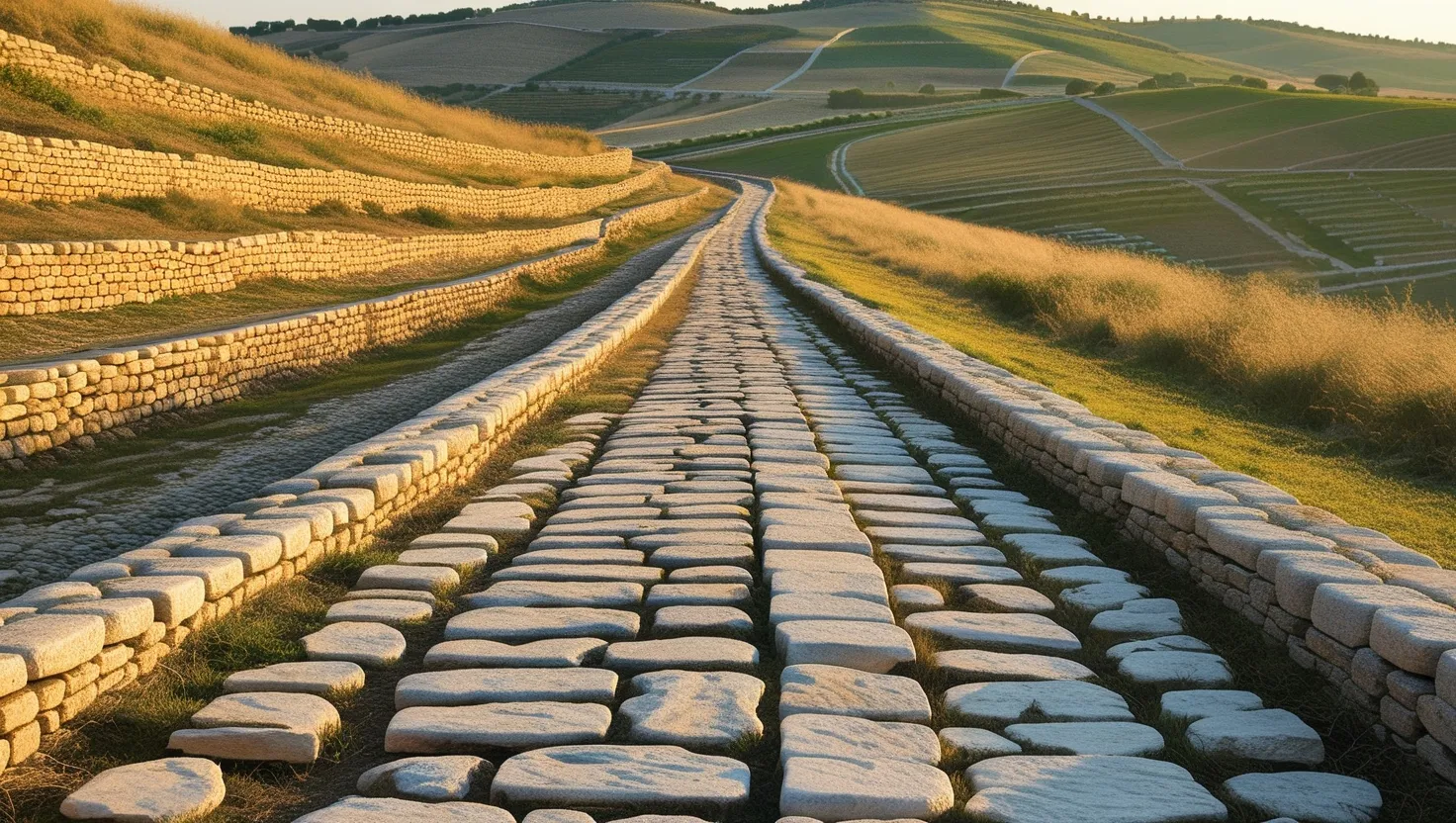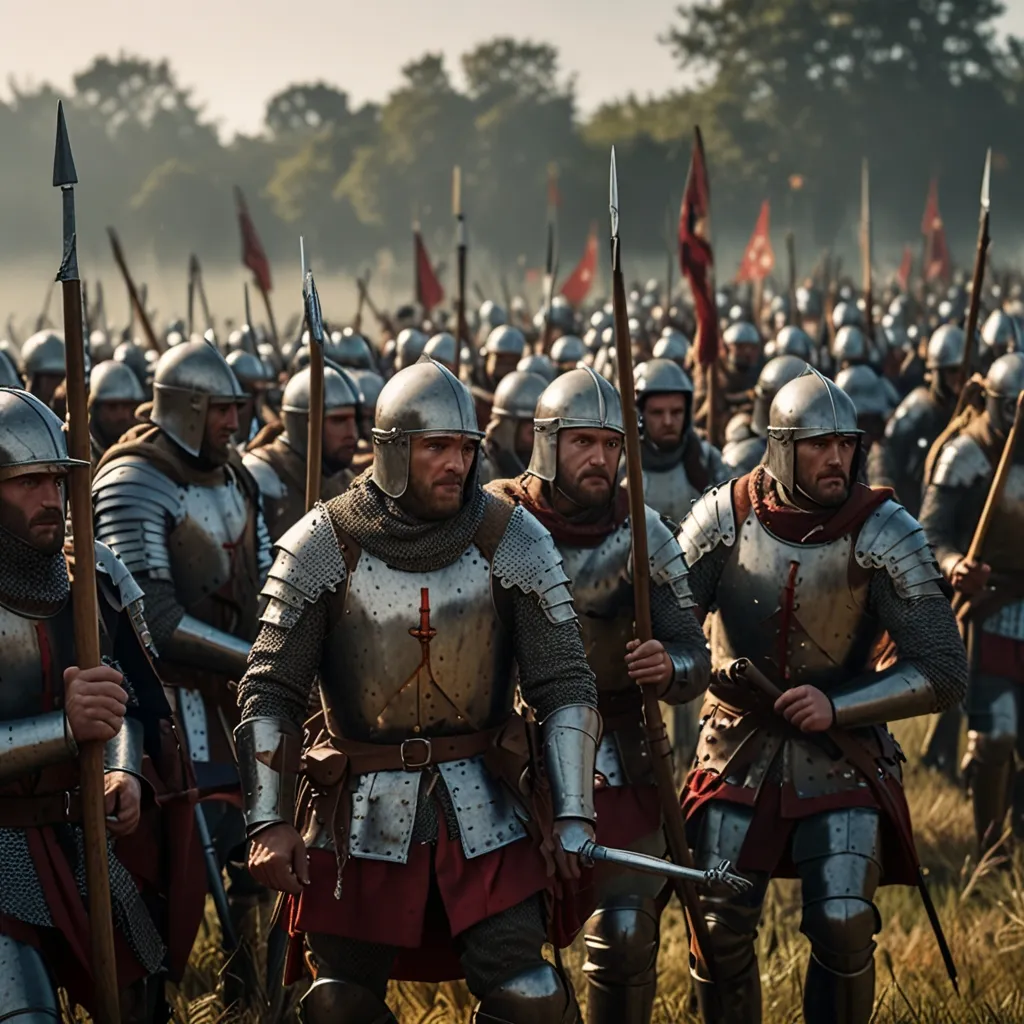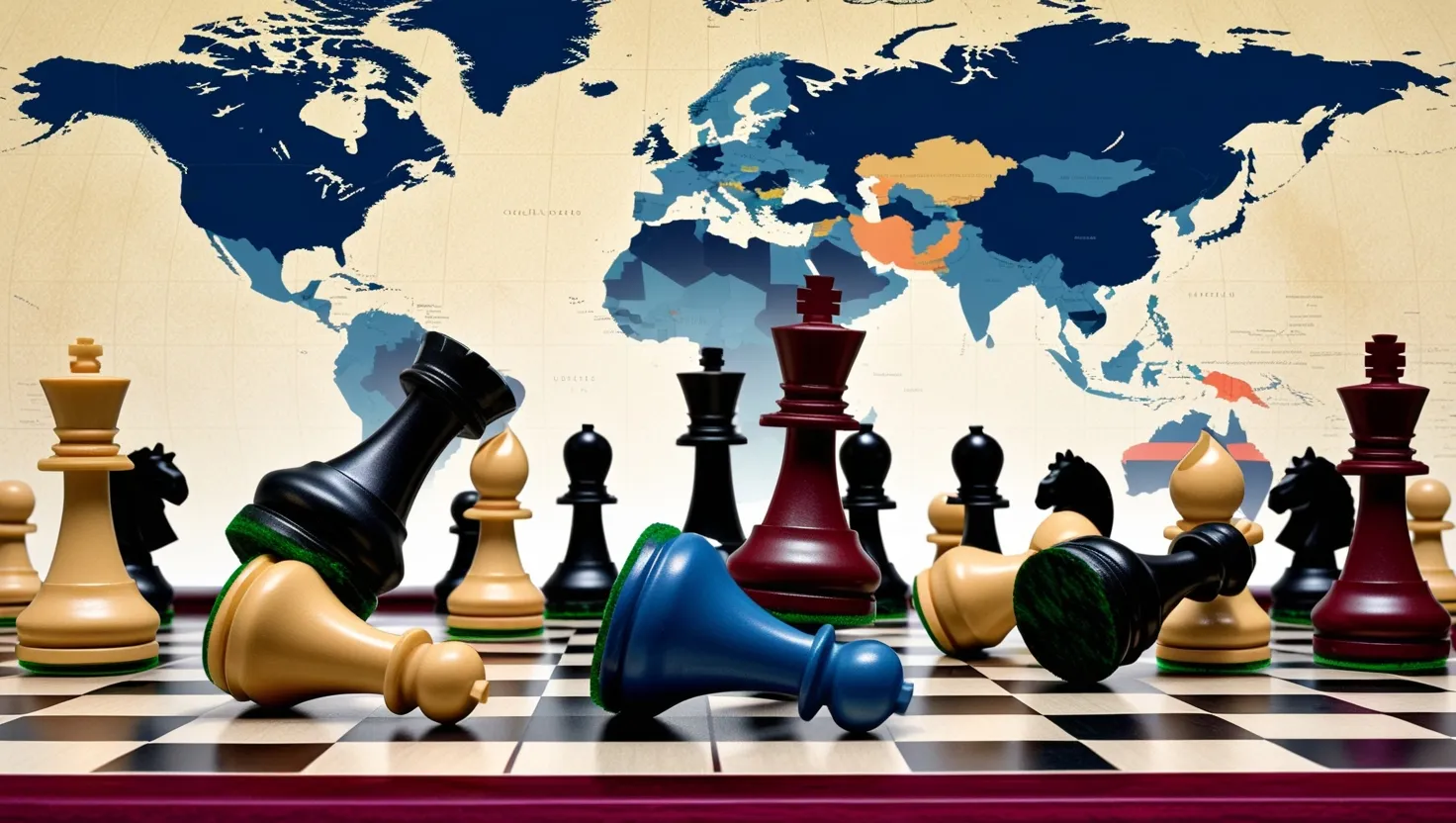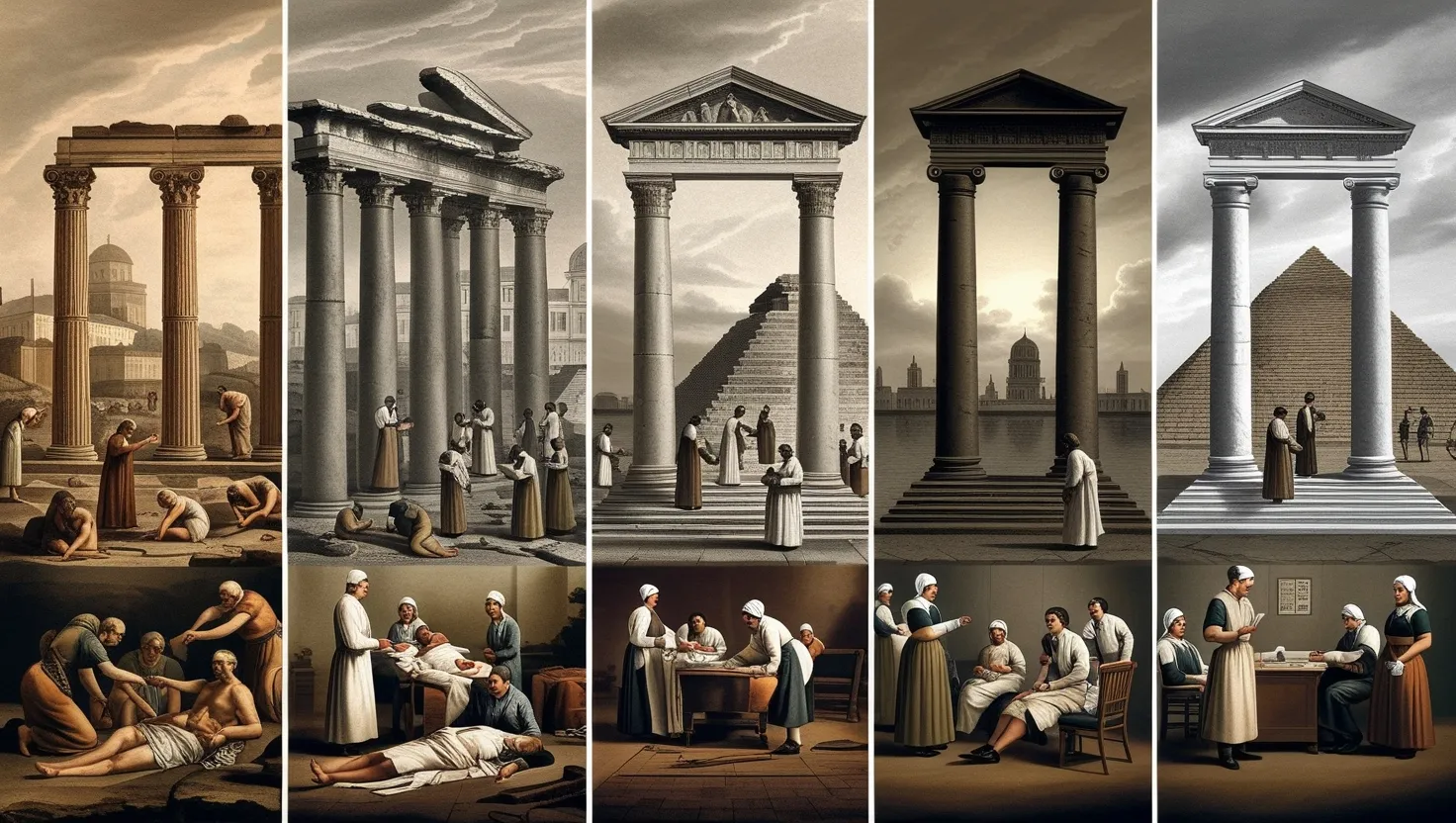For over a thousand years, the British royal family has ruled, adjusted, and eventually adapted to the changing tides of history. One of its most storied beginnings was with a Saxon prince named Egbert III in the 8th century. Back then, the British Isles were a mosaic of battling kingdoms like the Angles, Saxons, Jutes, and Britons, each vying for power. Young Egbert, after tumultuous early years in exile, returned to make his mark on England, heralding a long train of kings and queens woven into the history of Britain.
Egbert took the throne of Wessex in 802 AD and expanded his rule, bringing together various Anglo-Saxon territories under the Crown of Wessex. His influence wasn’t limited to mere conquest. Egbert’s leadership set historical gears into motion, leading eventually to the unification of England. Yet, his hold wasn’t absolute; the Kingdom of Mercia remained a thorn in his side. But despite this, he was lavishly remembered in chronicles as a unifier, a “Bretwalda,” or “wide ruler” of Britain.
Fast-forwarding through the ages, bloody successions and shattering conquests painted England’s landscape. Kings and queens came and went with myriad tales—each leaving marks on history. From battles against Viking invaders to forging alliances that would define the future, each ruler was a vessel carrying Britain closer to modernity.
The Saxon era underwent a significant change with Alfred the Great, who confronted Viking threats and pursued a vision of a peaceful, united England. His establishment of fortified towns and education reforms were just the beginning of a societal transformation that saw its height in legal reforms and evolving governance structures. It was under Alfred that England began shaping itself into the robust state that would later become a European powerhouse.
After Alfred, his successors carried on his mission. Naval conquests, alliances, and treaties expanded England’s influence. But alongside victories came relentless conflict. New threats emerged across the Channel and from other ruling families within the Isles. History became a tightrope of battles and political intrigue; shifting alliances and internal power struggles characterized royal rule across the next few centuries.
The cultural shift continued into the Norman era with William the Conqueror, whose conquest in 1066 marked an emphatic shift from the Anglo-Saxon period. The Norman Conquest changed not only who ruled but how they governed, inscribing new laws and setting up castles across the country—a hallmark of royal presence and power.
As time rolled on, the Plantagenets brought about an era marked by continued warfare—most notably the Hundred Years’ War against France. Diplomacy often crumbled under the weight of longstanding feuds, alliances were as fragile as sandcastles, and England’s reach extended yet contracted like the tide.
The Wars of the Roses effectively signaled the end of the Plantagenet dream as the houses of Lancaster and York clawed for control—a period that ended with Henry Tudor taking the throne as Henry VII. This strategic move heralded the age of the Tudors, who steered the monarchy through exploration, religious reformation, and substantial global expansion.
The reign of Henry VIII dramatically shifted religious landscapes across England as he infamously broke from the Catholic Church, leading to England’s Protestant reformation. His establishment of the Church of England would alter religious and political course permanently. This period also brought personal stories of intrigue and scandal, chiefly around Henry’s six marriages.
Elizabeth I’s rule witnessed consolidation of power and culture—the famed Elizabethan era. This was a time when global exploration burgeoned and literary luminaries like Shakespeare penned their masterpieces. Yet, the queen maneuvered through plots and threats to her reign, skillfully maintaining her sovereignty and leaving a legacy revered through the ages.
When the Stuarts took over, Britain hovered between religious turmoil and civil rebellion—culminating in the English Civil War. The brief interregnum under Oliver Cromwell’s Commonwealth was soon replaced by a restored monarchy under Charles II. This era marked significant changes, such as the Great Plague and the Great Fire of London, both pivotal in shaping modern London.
By the time George I took the throne in the early 18th century, the British monarchy had exchanged its role from a dominant political force to one more synonymous with cultural influence and diplomatic connections. Inspired by their Hanoverian origins, they often remained detached from the direct governance of England and instead focused on broader international politics.
The 19th century bore witness to Queen Victoria’s extensive reign, during which England became the world’s utmost superpower. Connected to much of European royalty, her legacy was titled ‘the Grandmother of Europe’. Under her leadership, Britain’s colonial and industrial ventures reached a zenith. Her death in the early 20th century echoed the completion of an era—the home of empirical rule transitioning into a kingdom with broader democratic values.
The geopolitical complexities and shadows of global wars marked the 20th century. George V navigated Britain through World War I, and his son Edward VIII notably abdicated his throne for love, leading to the reign of George VI. During the latter’s time, World War II erupted; the monarch showed resilience by sharing wartime hardships, thereby earning the adoration of his people.
The ascension of Queen Elizabeth II marked a new chapter. Her rule spanned immense global changes, from post-war recovery to decolonization and beyond. She became a steady figurehead for Britain, constantly revamping the relevance of monarchy through modernizations well into modern times. Her death in 2022 closed a chapter of British monarchy known for its remarkable transition through tumultuous periods into a global modernity.
The lineage continues with King Charles III. Inheriting the throne amidst socio-political shifts and global challenges, his tenure will be one marked by anticipation. As the latest steward of the crown, his task is formidable—safeguarding the monarchy’s place in a rapidly evolving world, reflecting over a thousand years of British royal history into a lens focused towards the future.
